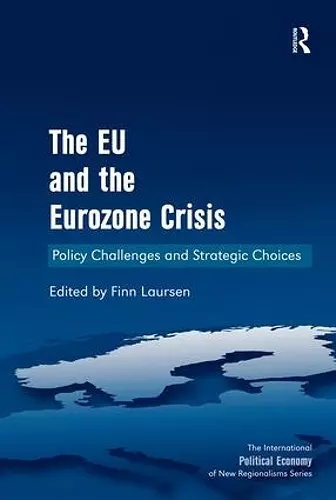The EU and the Eurozone Crisis
Policy Challenges and Strategic Choices
Format:Hardback
Publisher:Taylor & Francis Ltd
Published:31st May '13
Currently unavailable, and unfortunately no date known when it will be back
This hardback is available in another edition too:
- Paperback£33.99(9781138267176)

The global financial crisis, which started in the United States in 2007, spread to Europe in 2009. It especially hit Portugal, Ireland, Italy, Greece, and Spain, countries which have introduced the single currency, the euro. These eurozone countries no longer have monetary policy autonomy, so they do not have the option of devaluation to increase competitiveness. The crisis has shown that the Economic and Monetary Union (EMU) created in 1993, and which led to the single currency in 1999, is faulty. Its built-in asymmetry, with centralised monetary policy and decentralised fiscal policy, should be expected to create problems. Part of the response to the crisis so far has been incremental moves towards fiscal and banking union, which will mean a deepening of European integration at a time when many observers believed that a certain equilibrium had been reached after the entry into force of the Lisbon Treaty in 2009. This book focuses on these developments as well as analysing other economic policies that affect the general economic welfare of the EU, including agriculture, trade and immigration policies. The book puts the eurozone crisis into the wider context of deepening and widening.
’The Eurozone crisis is perhaps the most relevant event in European politics since the end of World War II. This book is an important contribution to understanding the current path of the European integration process, not only in relation to this crisis, but in other policy areas. It is a valuable contribution for students and scholars of European politics.’ Susana Borrás, Copenhagen Business School, Denmark
ISBN: 9781409457299
Dimensions: unknown
Weight: 589g
242 pages